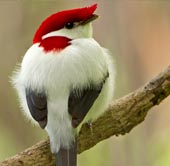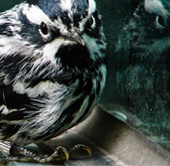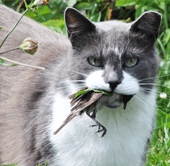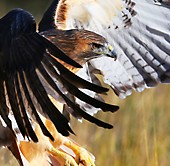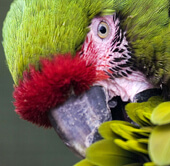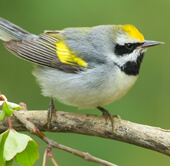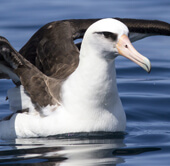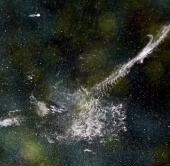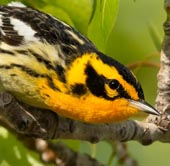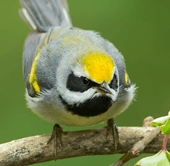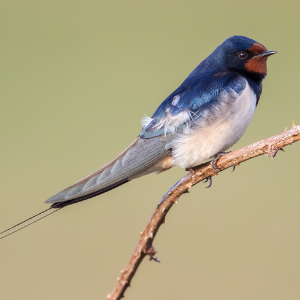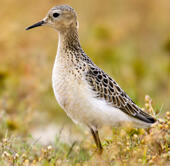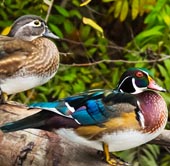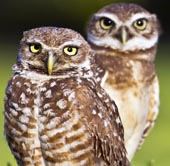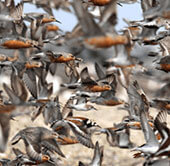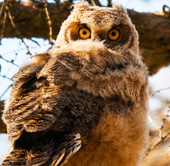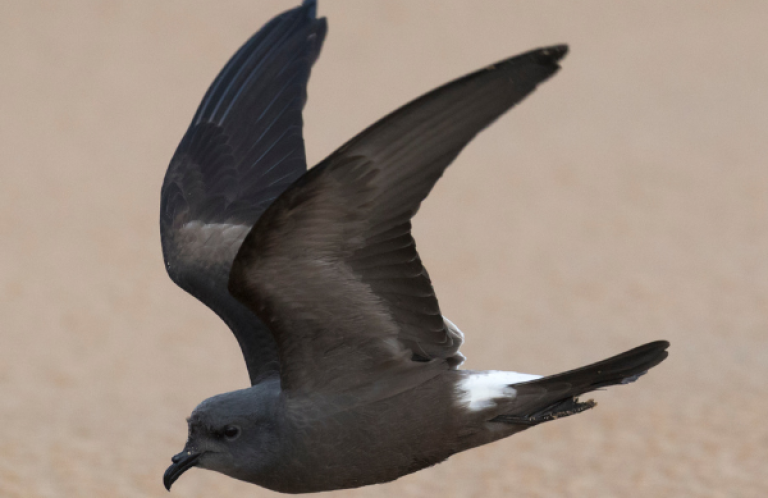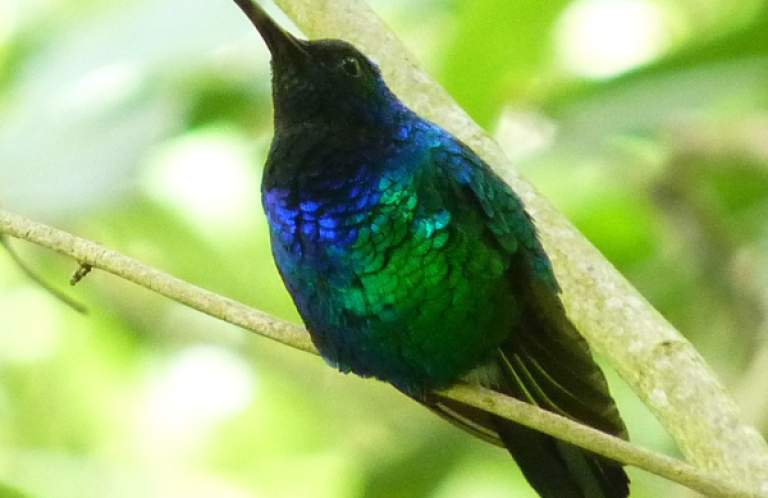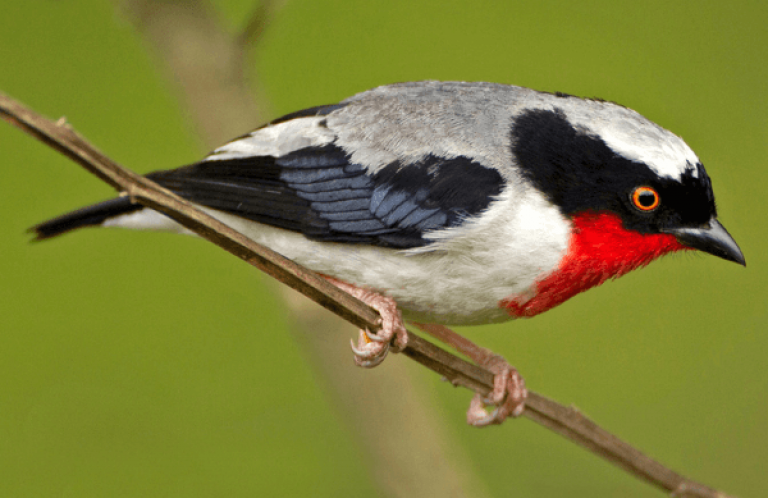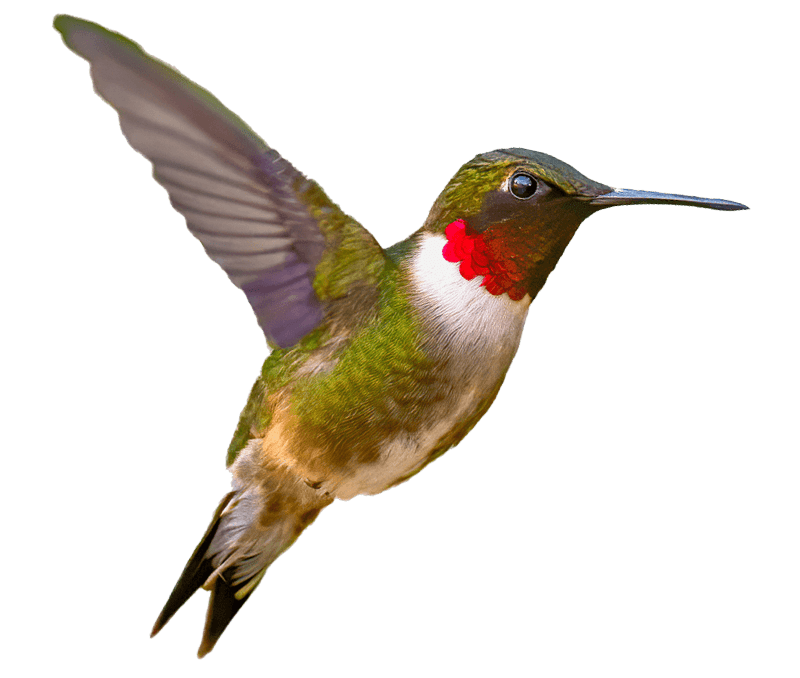Habitats WatchList Identifies Most Threatened Bird Habitats Throughout North America
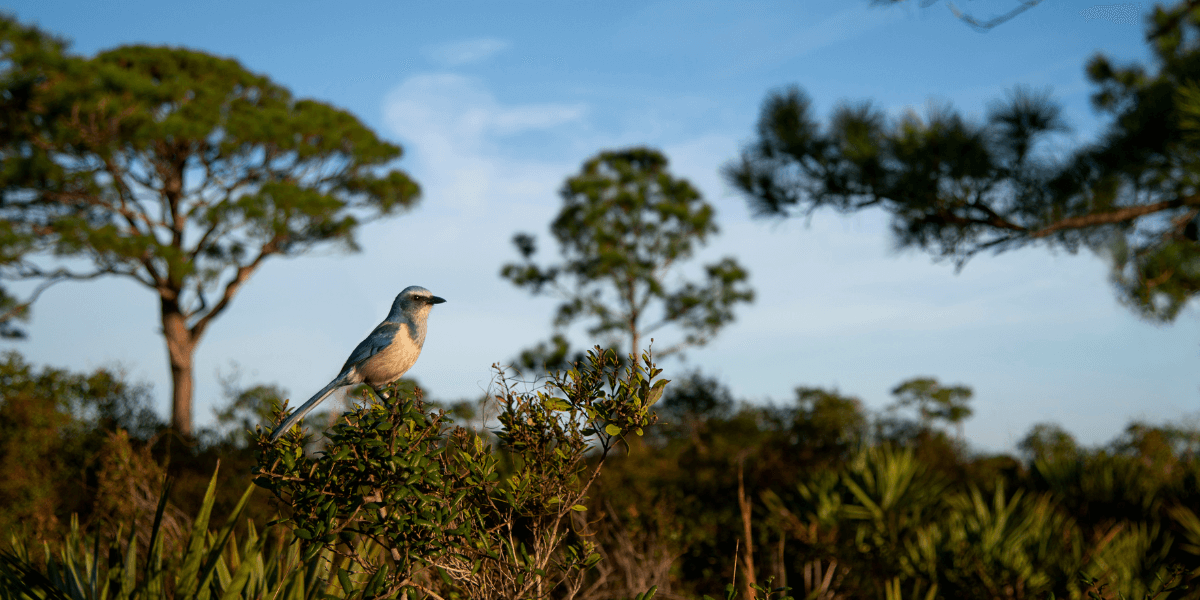
Developed by American Bird Conservancy (ABC) in partnership with NatureServe and Habitats of North America authors Iain Campbell and Philip Chaon, The WatchList of Terrestrial and Freshwater Bird Habitats of the U.S. and Canada — the Habitats WatchList — offers a new way to categorize, map, and assess risk for bird habitats. For decades, species watch lists have helped determine the plants and animals most at risk of extinction and inform conservation actions, though equivalent resources and formal watch lists for bird habitat vulnerability have been lacking. The Habitats WatchList is the first to pair bird communities with vegetation-based habitat maps to identify conservation needs and challenges in birds' terrestrial, freshwater, and coastal environments.
“Habitats are classified by vegetation, but they can also be understood through the birds and other animals that use them,” said David Wiedenfeld, ABC's Senior Conservation Scientist. “We created the Habitats WatchList because while many vegetation-based conservation tools exist, none were based on a set of criteria that shows the relationship of habitats to threatened bird species. Birds are very visible and easy to identify, more so than plants, insects, or mammals. What we found overall is that certain habitats that are home to important bird species are strongly threatened by human development and climate change.”
The Habitats WatchList uses seven criteria and a score ranking system to determine the value of a habitat to bird species present, and to evaluate the threat level that habitat is currently experiencing. The highest-scoring habitats form the Red WatchList or Yellow WatchList, representing specific places in need of immediate conservation action.
Of the habitats evaluated across the United States (including Hawaiʻi and Alaska) and Canada, the most threatened bird habitats in North America, listed on the Red WatchList, are:
- Atlantic Rocky Coastline. Maine, New Brunswick, Nova Scotia.
- Gulf Coast Salt Marsh. Texas to Florida
- Eastern Pine Savanna. Texas to Maine.
- Atlantic Coast Salt Marsh. Nova Scotia to Florida.
- Hawaiian Wetlands. Hawai‘i.
- Bottomland Hardwood Forest. Texas to New Jersey.
- Mixed Grass Prairie. British Columbia to Manitoba to Texas.
- Gulf Coast Prairie. Texas, Louisiana, Mississippi, Alabama.
- Prairie Potholes. Alberta to Minnesota to Nebraska.
- Early Successional Temperate Deciduous Forest. Eastern U.S., from North Dakota to Maine, Texas to Florida.
- Nearctic Temperate Deciduous Forest. Eastern U.S., from North Dakota to Maine, Texas to Florida.
- Tallgrass Prairie. Manitoba to Ontario to Texas.
- Wet 'Ohi'a Lehua-Koa Forest. Hawai‘i.
Some results were fairly predictable, because of widely recognized factors, such as small size and sea level rise. Ranking perilously high, the Gulf Coast Salt Marsh habitat is home to the secretive and scarce Black Rail and is the winter destination for dozens of the world's remaining Endangered Whooping Cranes. The Salt Marsh habitat on the Atlantic Coast, the only habitat used by the Endangered Saltmarsh Sparrow, is similarly situated.
The Eastern Pine Savanna also ranks very high. An open, grassy pine woodland occurring primarily on flat coastal plains of the southeastern U.S., it is home to the Threatened Red-cockaded Woodpecker and declining species like the Bachman's Sparrow. The Hawaiian Islands have experienced tremendous habitat degradation as well, so it was no surprise to see Wet 'Ohi'a Lehua-Koa Forest on this list. Many of Hawaiʻi's habitats are just as vulnerable as the honeycreepers that rely on them.
The analysis did yield some surprises, however. The presence of Nearctic Temperate Deciduous Forest on the Red WatchList was unexpected, as it's a habitat that is very extensive, covering much of the eastern U.S. and Canada south of the boreal forest. Many large tracts of this forest type are still intact, providing habitat for high-canopy dwellers like the Cerulean Warbler and areas where the Wood Thrush is commonly found. Yet, much of it is in poor condition, and it faces a high threat of conversion to other habitat types or development.
Another surprise was the high ranking of the Prairie Potholes, a type of prairie created in the wake of retreating glaciers that left behind a scarred landscape marked by “potholes” that fill with water each spring. This grassland-wetland ecosystem on the northern Great Plains hosts American Bitterns, Piping Plovers, Willets, Yellow-headed Blackbirds, and scores of other migratory species. Land conversion remains a threat, though the most serious danger is climate change, with drought possibly leading to the loss of many more wetlands.
For decades, conservationists have worried about many of the most highly threatened habitats that are overwhelmingly represented on the WatchList.
“The 2025 U.S. State of the Birds report reveals that we're still losing birds at an alarming rate,” said Michael J. Parr, ABC's President. “ABC developed the Habitats WatchList to help guide our conservation efforts in places like the Shortgrass Prairie in the Great Plains and Eastern Pine Savanna, where we and partners have been working for many years. This new tool will aid in further strategizing positive outcomes for the species that need it most.”
“NatureServe is proud to bring our vegetation classification and mapping expertise to the Habitats WatchList,” said Anne Bowser, CEO of NatureServe. “This tool shows where bird habitats are most at risk and helps guide the urgent conservation action they need.”
By making a tool like the Habitats WatchList available to the public on abcbirds.org/habitats-watchlist/, where users can find an interactive map, Wiedenfeld hopes more people might start asking questions about the conditions of the habitats where they live, work, or travel.
“Our hope is that other conservation practitioners will also use it, from someone managing small state parks who is interested in knowing more about the habitats they're stewarding and which ones are most threatened, to state wildlife managers and conservation scientists working at a larger scale planning land management or conservation activities,” said Wiedenfeld.
Amid the many challenges birds face today, habitat loss stands out as the biggest threat to birds by far. Birders, naturalists, land managers, and others are encouraged to explore ABC's Habitats WatchList to learn more.
###
American Bird Conservancy (ABC) takes bold action to conserve wild birds and their habitats throughout the Americas. Inspired by the wonder of birds, we achieve lasting results for the bird species most in need while also benefiting human communities, biodiversity, and the planet's fragile climate. Our every action is underpinned by science, strengthened by partnerships, and rooted in the belief that diverse perspectives yield stronger results. Founded as a nonprofit organization in 1994, ABC remains committed to safeguarding birds for generations to come. Join us! Together, we can do more to ensure birds thrive.
Media Contact
Jordan Rutter
Director of Communications
media@abcbirds.org

